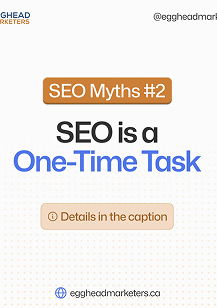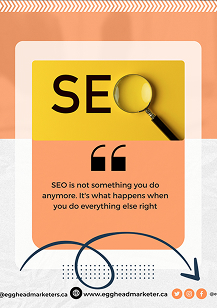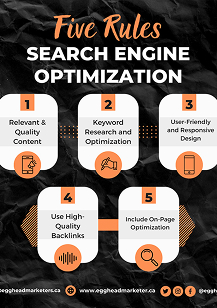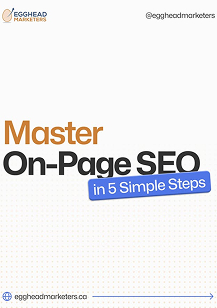Ecommerce website design is pivotal in online retail, where numerous digital storefronts compete for visibility and revenue. Beyond mere aesthetics, the effectiveness of ecommerce website design hinges on comprehending the psychology of customers and tailoring experiences that drive conversions. This blog post delves into the nuances of ecommerce website design, shedding light on its psychological aspects and revealing strategies to optimize conversion rates.

Understanding the Psychology of Ecommerce Consumers
Visual Appeal and First Impressions
Visual appeal is critical in shaping visitors’ first impressions of an ecommerce website. As inherently visual creatures, humans are naturally drawn to aesthetically pleasing designs, and these initial perceptions heavily influence their subsequent actions. Upon arriving at a website, users swiftly evaluate its overall appearance, assessing factors such as layout, color scheme, typography, and imagery.
A clean and modern design conveys professionalism and competence, signaling to users that the website is well-maintained and trustworthy. Conversely, cluttered or outdated layouts can evoke confusion or skepticism, leading potential customers to question the site’s credibility and ultimately driving them away in search of a more visually appealing alternative.
Furthermore, the visual elements of an ecommerce website serve as potent indicators of brand identity and values, shaping the emotional connections formed with visitors. Through strategic design choices, such as cohesive branding elements and high-quality imagery, businesses can evoke desired sentiments and foster positive associations with their brand.
By prioritizing visual appeal and investing in thoughtful design, ecommerce retailers can enhance their competitive edge, captivating audiences from the moment they land on their website and laying the foundation for successful customer relationships.
User Experience (UX) and Navigation
User experience (UX) and navigation are paramount to the success of an ecommerce website, directly influencing customer satisfaction and retention. In today’s fast-paced digital landscape, consumers demand seamless and intuitive browsing experiences that enable them to find what they need quickly and effortlessly.
A well-designed UX anticipates user needs and preferences, guiding visitors through the website with minimal friction and maximizing the likelihood of conversion. Clear navigation menus, prominently displayed search functionality, and logical page layouts are essential components of an effective UX strategy, enabling users to navigate the site quickly and confidently.
Moreover, a seamless user experience enhances usability and encourages exploration and engagement, ultimately driving conversions and fostering brand loyalty. Ecommerce websites can create positive interactions that leave a lasting impression on customers by prioritizing intuitive navigation and optimizing the user journey.
From streamlined checkout processes to personalized product recommendations, every aspect of the user experience shapes perceptions of the brand and influences purchasing decisions. By investing in UX design and prioritizing customer-centric navigation, ecommerce retailers can differentiate themselves in a crowded marketplace and build lasting relationships with their audience.
Social Proof and Trust Signals
In an era of information overload, consumers often rely on social proof to guide their purchasing decisions. Testimonials, reviews, and trust badges signal credibility and reassure customers that they are making informed choices. Incorporating these elements strategically throughout your website can foster trust and alleviate product quality and reliability concerns.
Scarcity and Urgency
The principles of scarcity and urgency tap into the psychological phenomenon of FOMO (fear of missing out) and drive consumers to take action. Limited-time offers, countdown timers, and low-stock notifications create a sense of urgency, prompting visitors to purchase before opportunities slip away. However, using these tactics judiciously is essential to avoid appearing manipulative or deceptive.
Strategies for Effective Ecommerce Website Design

Mobile Responsiveness
With the proliferation of smartphones and tablets, mobile responsiveness is no longer optional—it’s imperative. A significant portion of ecommerce traffic originates from mobile devices, and failure to optimize your website for smaller screens can result in lost sales and frustrated customers. Responsive Ecommerce Website Design ensures that your site adapts seamlessly to various screen sizes, providing a consistent and enjoyable browsing experience across devices.
Clear Call-to-Action (CTA) Buttons on your Ecommerce Website Design
CTA buttons serve as signposts, guiding visitors toward desired actions such as “Add to Cart” or “Checkout Now.” To maximize their effectiveness, CTAs should be prominent, visually distinct, and accompanied by compelling copy encouraging action. A/B testing different button designs, colors, and placement can help identify the most persuasive options for your audience.
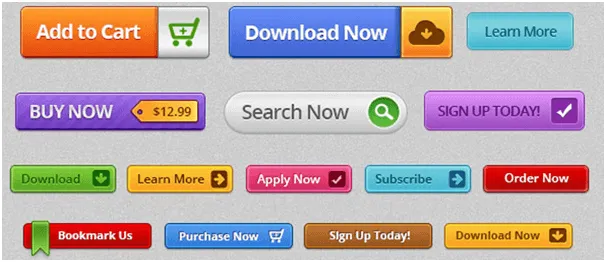
Streamlined Checkout Process
Cart abandonment is a common challenge for ecommerce websites, often attributed to lengthy or complex checkout processes. Simplifying the checkout flow by minimizing form fields. Offering guest checkout options, and providing multiple payment methods can reduce friction and increase conversion rates. Progress indicators and transparent pricing information also enhance transparency and trust, encouraging customers to complete their purchases.
Personalization and Recommendation Engines
Personalization is the cornerstone of effective Ecommerce Website Design marketing, allowing you to tailor product recommendations and promotions to individual preferences and behavior. Leveraging data analytics and recommendation engines, you can deliver personalized shopping experiences that resonate with customers and drive engagement. Whether through curated product suggestions or targeted email campaigns, personalized content fosters a sense of connection and relevance, increasing the likelihood of conversion.
A/B Testing and Continuous Optimization
Ecommerce website design is an ongoing process of experimentation and refinement. A/B testing allows you to systematically evaluate design elements, copy variations, and feature implementations to identify what resonates most effectively with your audience. By collecting and analyzing data on user interactions and conversion metrics, you can iterate on your website design iteratively, optimizing performance and maximizing ROI ( Return on investment ) over time.
Conclusion
Crafting conversions in ecommerce requires a deep understanding of consumer psychology and a strategic approach to website design. By prioritizing visual appeal, optimizing user experience, leveraging social proof, and employing persuasive tactics such as scarcity and urgency, you can create compelling online shopping experiences that drive conversions and foster long-term customer loyalty. Remember to stay adaptable and responsive to evolving trends and customer preferences, continually refining your ecommerce website to deliver value and delight to your audience.
At Egghead marketers, we specialize in the intersection between marketing and technology – helping online businesses boost visibility and increase sales through optimized web presence and inbound tactics. Our team lives at the leading edge of innovation. We balance human insight with smart automation to create memorable digital brand experiences that inspire action. Schedule a free website assessment today to discover key opportunities waiting to be unlocked!





